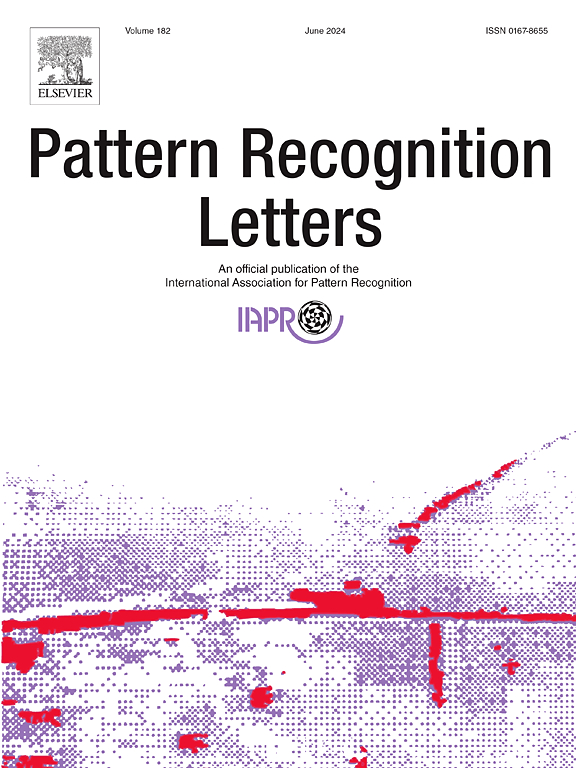EXACT:如何训练你的准确性
IF 3.9
3区 计算机科学
Q2 COMPUTER SCIENCE, ARTIFICIAL INTELLIGENCE
引用次数: 0
摘要
分类任务通常根据准确率进行评估。然而,由于准确度具有不连续性,因此无法使用基于梯度的方法对其进行直接优化。传统的方法包括最小化交叉熵或铰链损失等替代损失,这可能会导致性能不达标。在本文中,我们介绍了一种新的优化技术,它将随机性纳入模型输出,并侧重于优化预期精度,即随机模型的精度。综合实验评估表明,我们提出的优化方法能显著提高各种分类任务的性能,包括 SVHN、CIFAR-10、CIFAR-100 和 ImageNet。本文章由计算机程序翻译,如有差异,请以英文原文为准。
EXACT: How to train your accuracy
Classification tasks are typically evaluated based on accuracy. However, due to the discontinuous nature of accuracy, it cannot be directly optimized using gradient-based methods. The conventional approach involves minimizing surrogate losses such as cross-entropy or hinge loss, which may result in suboptimal performance. In this paper, we introduce a novel optimization technique that incorporates stochasticity into the model’s output and focuses on optimizing the expected accuracy, defined as the accuracy of the stochastic model. Comprehensive experimental evaluations demonstrate that our proposed optimization method significantly enhances performance across various classification tasks, including SVHN, CIFAR-10, CIFAR-100, and ImageNet.
求助全文
通过发布文献求助,成功后即可免费获取论文全文。
去求助
来源期刊

Pattern Recognition Letters
工程技术-计算机:人工智能
CiteScore
12.40
自引率
5.90%
发文量
287
审稿时长
9.1 months
期刊介绍:
Pattern Recognition Letters aims at rapid publication of concise articles of a broad interest in pattern recognition.
Subject areas include all the current fields of interest represented by the Technical Committees of the International Association of Pattern Recognition, and other developing themes involving learning and recognition.
 求助内容:
求助内容: 应助结果提醒方式:
应助结果提醒方式:


